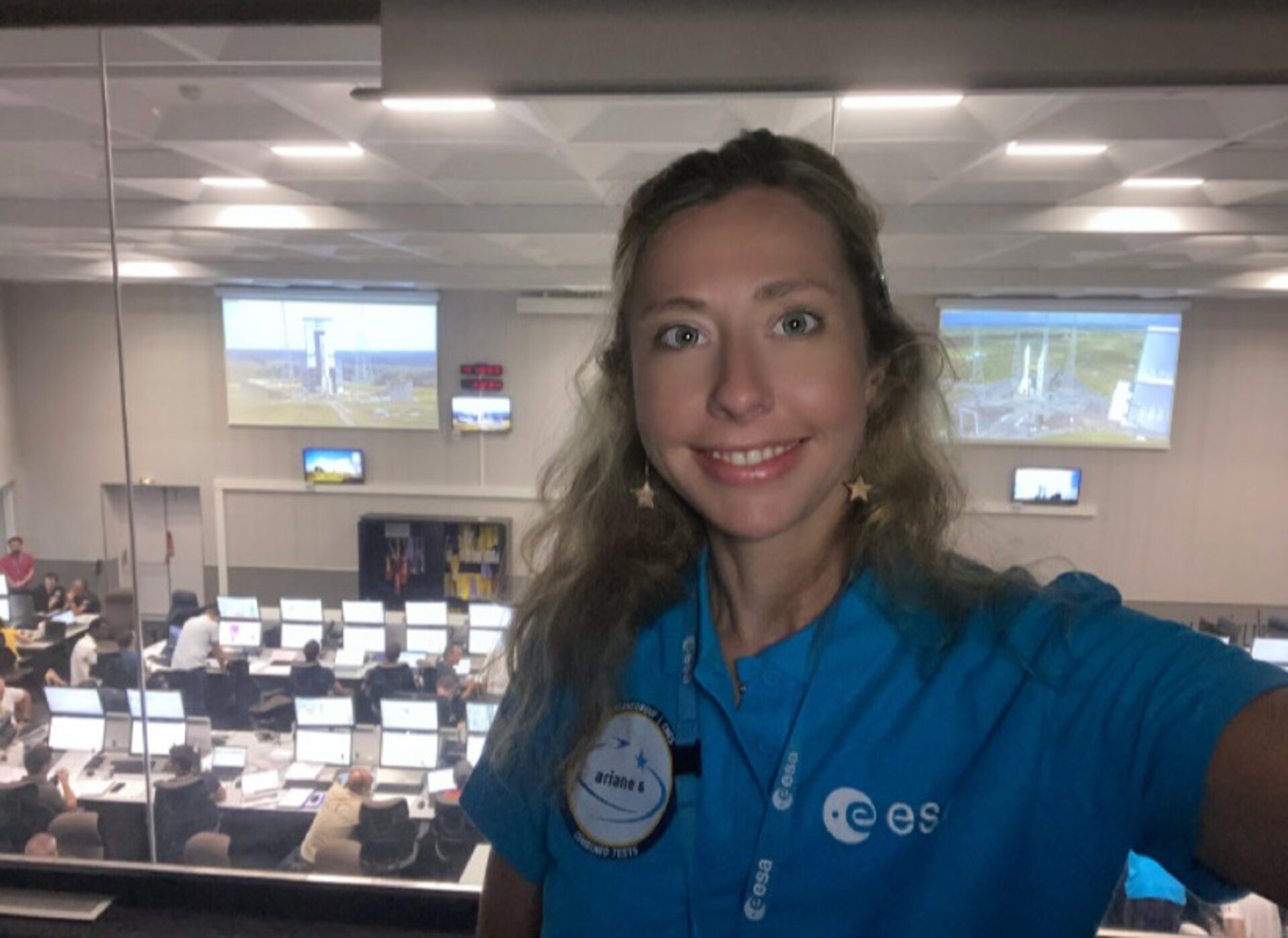Faces of Ariane 6: Aline
It takes thousands of people to design, develop, build and operate a complete space launch system. Here we highlight the people from all over Europe working on space transportation to ensure that Europe has independent access to space, to enjoy the benefits from space activities and share them with people of the world.
What is your name and role?
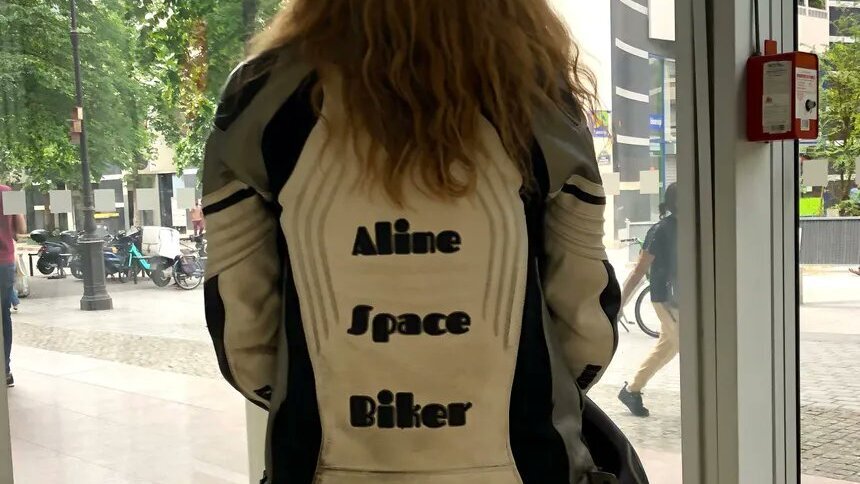
My name is Aline Decadi. I come from Menton city in the South-East of France, at the Italian border. I am a happy biker, riding on my motorcycles all year round, rain or shine, in the Paris suburbs as well as in Kourou. French Guiana, where I spend part of my time for Ariane 6 tests and preparing for the inaugural launch.
My role is Launch System Dependability and Safety Lead engineer on Ariane 6.
How long have you been involved in Ariane and what are your tasks?
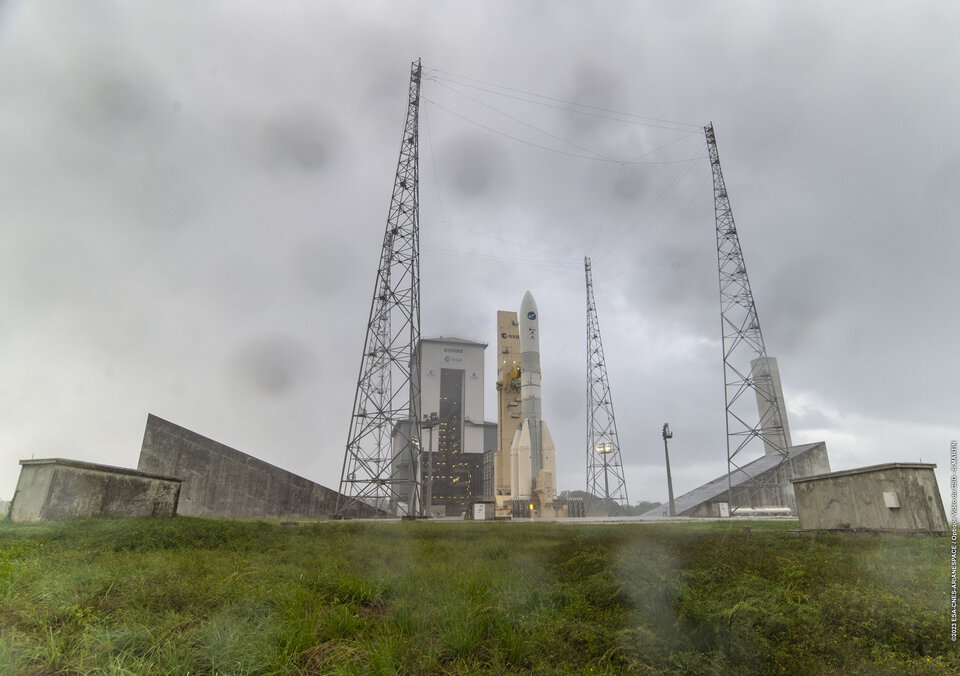
My job consists of injecting failure cases in the systems that interacts between the launcher and the ground base, find out the weak points of those systems for example cryogenic leakage, lack of stability in a mechanical structure, generation of electrical arc that could cause fire or even an explosion. If any weaknesses are found the next step is to develop technical solutions to prevent failures from occurring and compromise the mission. The ultimate objective is to protect people who are working close to the launcher during operations, and also protect the surrounding population when we launch. The testing phase we are ending right now on the launch system is to ensure we have all the necessary safety barriers and associated safety margins to successfully fulfil our mission.
What is your educational background and prior work experience?
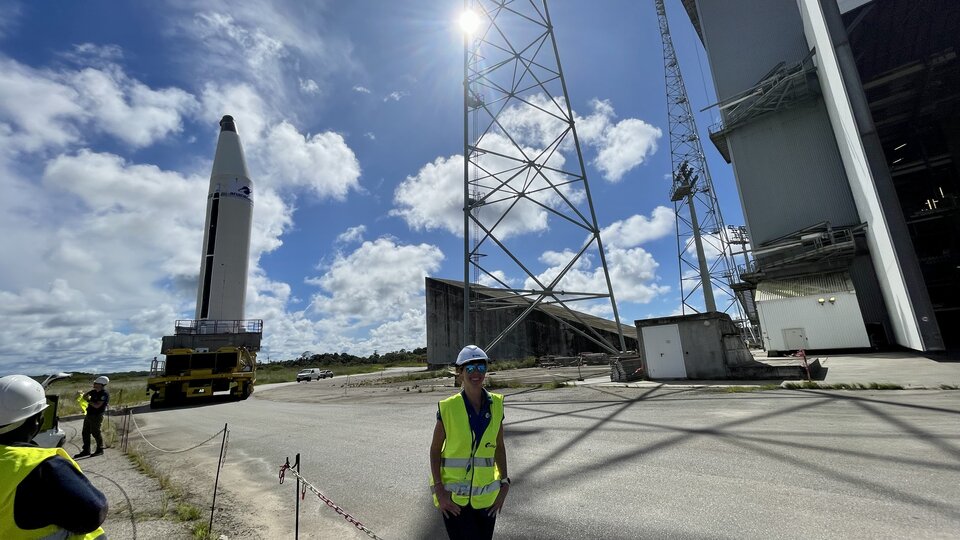
I graduated from the engineering School ESTACA in the Paris area, France, with a Master of Science Degree in aerospace, specialised in servo control and optimisation of trajectories. I spent a year abroad to study at the Polytechnique Montreal, Canada, and I loved it so much that a few years afterwards, I went back to Canada but on the west coast in Vancouver to work on satellite mission engineering.
I worked for several years in the aerospace industry to acquire technical expertise on design and manufacturing of equipment and sub-systems submitted to strong safety requirements such as the Airbus A380 inaugural flight and at Thales Alenia Space for their satellites orbit and attitude control. Then, I was hired by the company MDA that designed the Canadarm for the International Space Station and so I worked there on qualification and in-orbit commissioning of spacecraft. I focused on the Satellites Mission Engineering interface with the launcher under the fairing, and this experience opened the door to work for Space Transportation at ESA. Two years after working in Canada, I was contacted by a recruitment company working for ESA on the safety engineering of Ariane 5 evolutions. After an interview, I was hired and I moved back to France to start on Ariane 5 evolutions and then I moved on to Ariane 6 engineering.
What does it mean to you to be part of the larger team of rocket scientists and engineers?
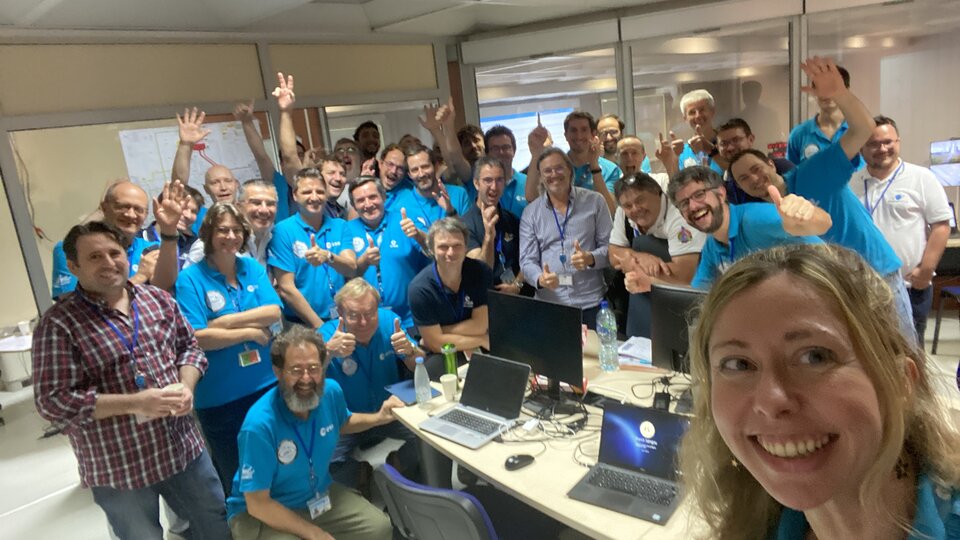
Space engineering is performed by human beings who work together, take up challenges together, encounter technical difficulties and overcome them, all keeping motivation and trying to not be too overwhelmed and find a work-life balance.
I feel so lucky to work with such talented engineers, technicians, procurement and contract officers, legal experts, policy experts and security and IT teams. We are one Space Team Europe from 13 European countries working hand-in-hand with various entities, to enable Europe to develop new technologies, new skills and support the developments of experts and expertise in Europe. These women and men are, like me, invested in this adventure and are committed to delivering a successful launch.
Nothing is impossible with team spirit, sharing, mutual aid and respect for others. And It's a great lesson in life.

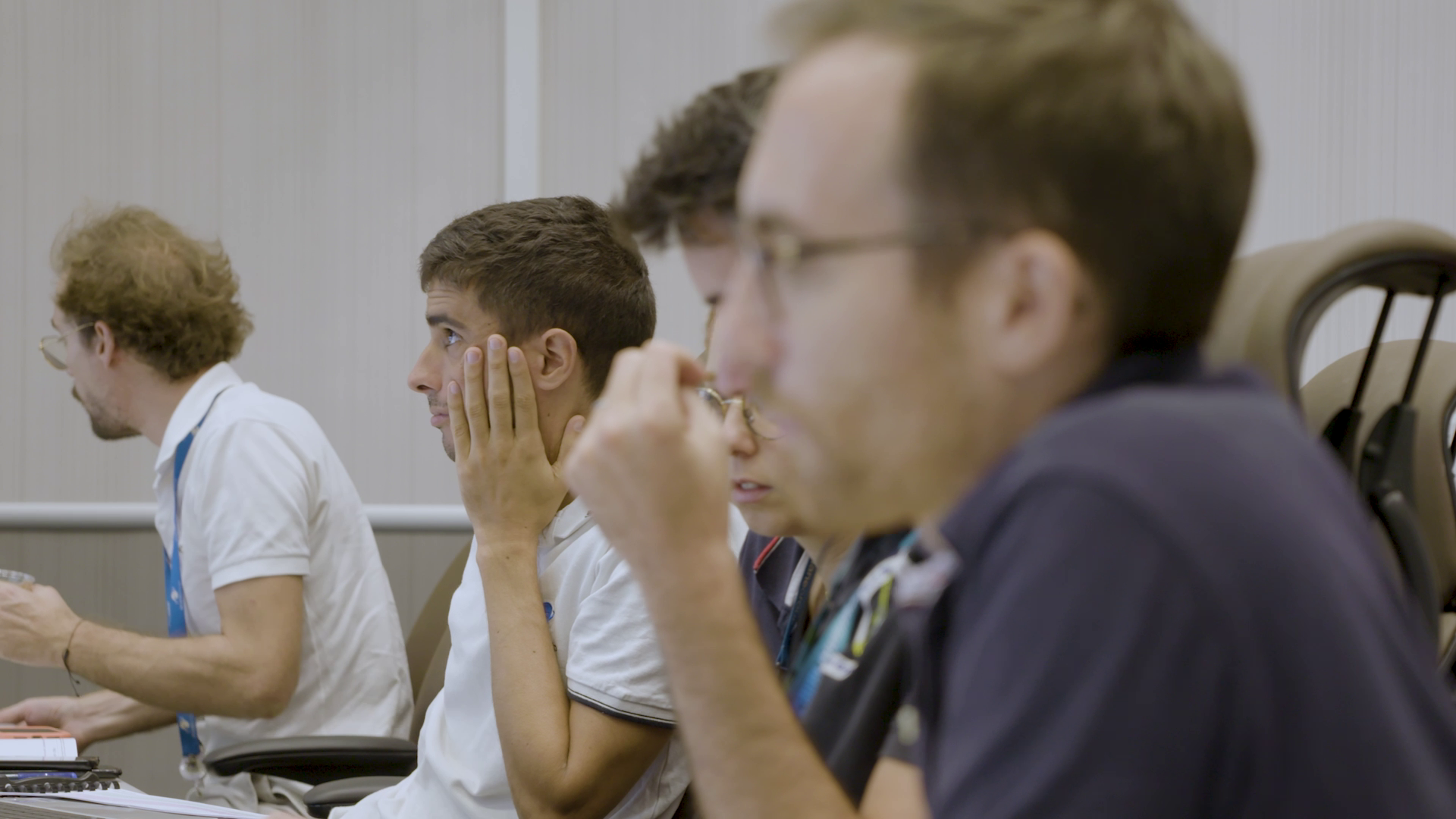
Access the video
What is one thing you would like the public to know about your job?
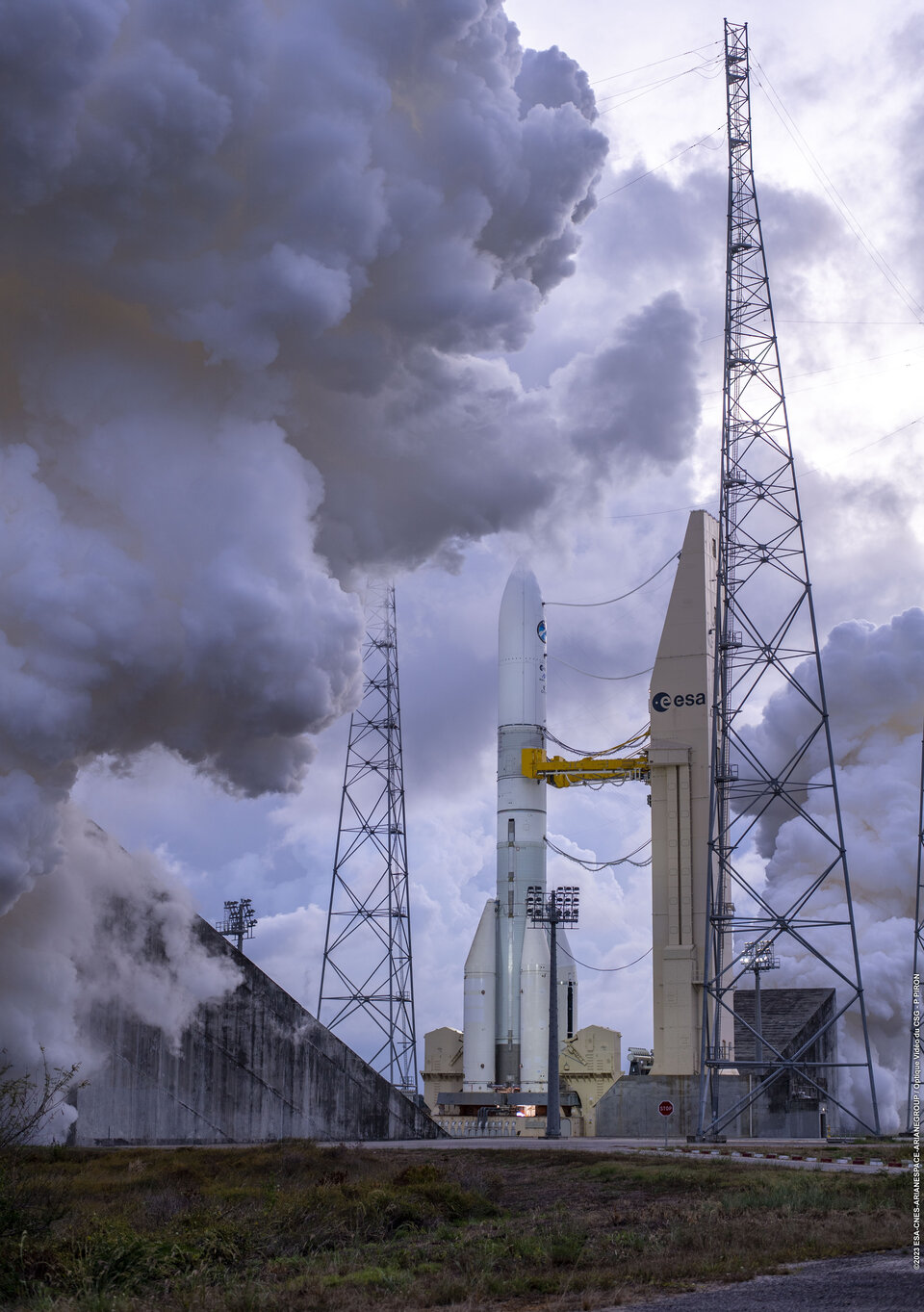
Dependability and Safety Engineering is not just paperwork, analysis and simulations. In practice, we feed the design with robust hardware and software countermeasures that guarantee a system can always ensure its function at any time – even if it fails. It may seem unnatural, but that's exactly what we do: find solutions to keep a system running even if it breaks down partially or completely.
On top of that, we operate a cryogenic launcher, which brings many operational hazards as operating a launcher that is filled with liquid oxygen and hydrogen, requires the proper operation of equipment at very low temperatures (below –160°C), the non-formation of ice that can become debris, the proper management of pressure in the tanks, and there is so much more to think of. These are just a few examples of risks we must know how to guard against. This means that at each critical stage of operational implementation, in the event of a failure, we must be able to recover the launcher into a safe state and stabilise it so that we can then deal with the failure and eliminate it.
The testing phase in Kourou, which is now achieved, has enabled us to check that all these safety barriers have been properly implemented, and also to learn how to operate the launcher even if part of a system fails, by isolating a failure path and using another safe operational path created for mitigating it on purpose.
This is complex system engineering, and we need to stay humble because we know that the first flights of a new launch system can fail because of hidden faults not detected during qualification or testing. It's one of those complex jobs that requires a capacity for reflection beyond the working hours, and that we bring home in the evenings and at weekends. But we're all committed to delivering a launch system that works for the inaugural flight.
What’s the best thing about your job?
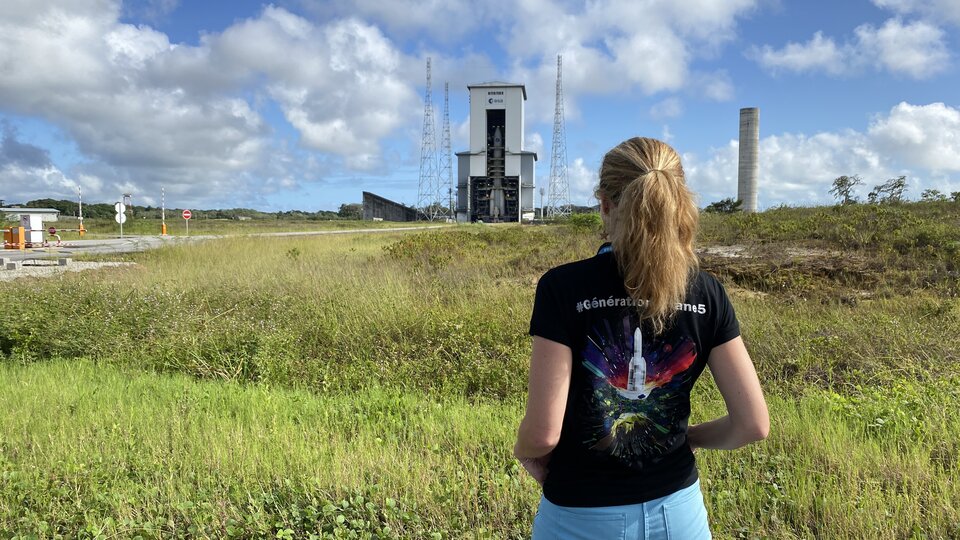
Back to my beginning on Ariane 6, I would have never believed that one day, I would be part of the team living the final steps of the development, the tests, the qualification of the launch system to grant the inaugural flight of the new launch system in Europe. I am so grateful to have worked on it since the beginning of the development of Ariane 6 and join the operational field for the inaugural flight. This is my dream job. I keep learning new things every day, and that is what excites me the most!
I find strength in my family, my friends, my neighbours, and my colleagues, past and present. I thank them for being there for me. They are my zest for life. And I also want to underline the commitment I made when I joined ESA and the duty I (and my colleagues) have to our European citizens to restore autonomous access to Space in Europe with Ariane 6.
What do you do outside of your job to unwind, what are your hobbies?
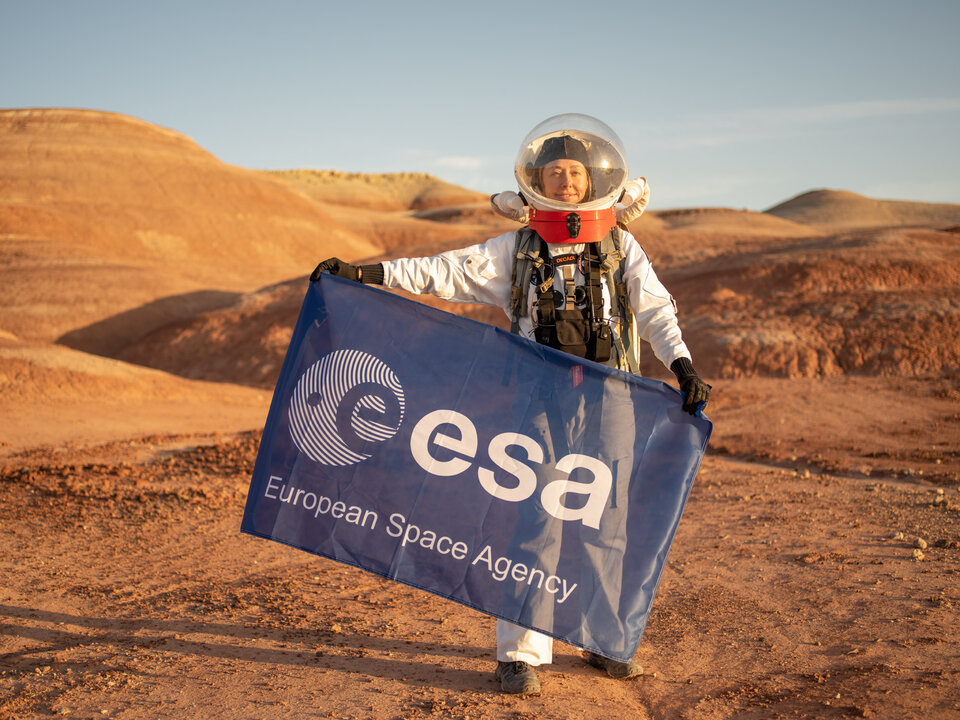
In addition of my engineering work at the European Space Agency on rockets, I am involved in the future exploration strategy at ESA called the Human Inspirator. I also volunteer and am an ambassador at the The Mars Society, promoting human space exploration to Mars. There are several initiatives to reach this objective: education, outreach, conference, but also simulations. These simulations are experiments on an Earth terrain, which resemble aspects of living and working on Mars. We call them Mars Analog Missions.
I have already performed several simulations, among them a five-week simulation in the desert of Oman. Moreover, the Mars Society has built a permanent base station called Mars Desert Research Station in the desert of Utah, USA. My most recent mission has been to conduct field studies for two weeks in May 2023 with my crew of seven engineers, researchers and artists. Our experiments on the field have included testing experimental robotic designs, drone terrain mapping for VR, biofeedback, and pharmacology studies, and simulating Mars-like conditions to grow algae. I have been in the Executive Office (XO) of the mission. And I have conducted emergency procedure trainings and practice sessions. They enable us to improve crew safety and learn how to react in case of hazardous situations such as a burning plastic smell in a spacesuit, loss of communication with the station while on a spacewalk, a fire alarm triggered in the Mars base station. The typical outcomes of our experiments are the elaboration of technology and research papers for publications, fundings for further PhDs to keep advancing research for long-term human presence on Mars in laboratories, research centres, universities and space agencies.
I also give regular basic trainings to our interns in ESA Headquarters to provide the best possible illustration of the challenges of space exploration: dexterity, teamwork, concentration, rapid calculation exercises, problem solving. I'm always impressed to see that the young people who take up the challenge leave with higher self-esteem at the end of the training. I see them proud of themselves. That's the best reward.
Do you have any advice for future generations interested in space exploration?
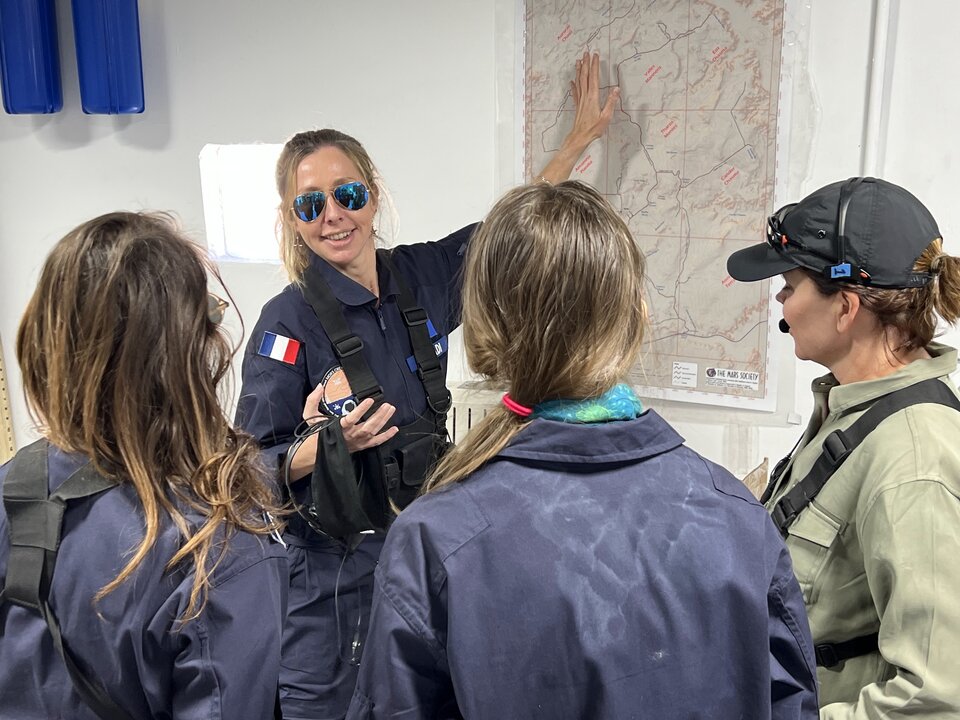
I want to tell new generations that are still looking for a path to follow: if you are passionate about space, know that it is achievable to find your dream job! Look for jobs in the sector, apply and apply again until you succeed. I especially would like to encourage younger people and young women to apply, job offers are often very detailed on the technical requirements but don’t give much information about the team and the work environment. Only by applying and going to multiple interviews can you really get a better idea of what you want and where you will fit in.
There’s something for everyone and enough challenges to surmount for all. As the incredible Nobel peace prize winner Ellen Johnson Sirleaf has said “If your dreams do not scare you, they are not big enough.” So don’t be fearful of achieving your dreams, just try to achieve them. Any fear will transform into positive, constructive energy that will allow you to convince anyone, be impactful and provide fulfilment.


